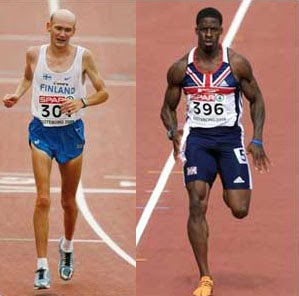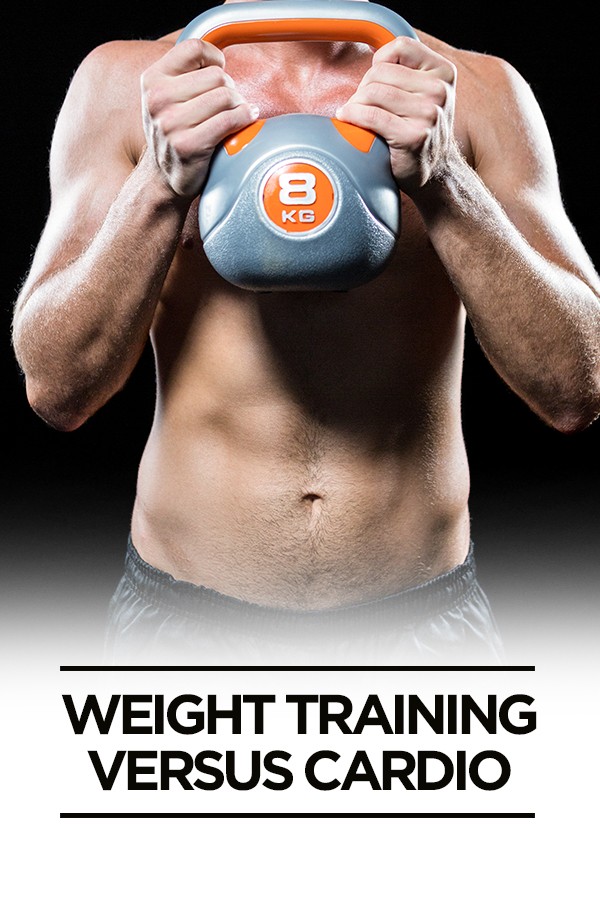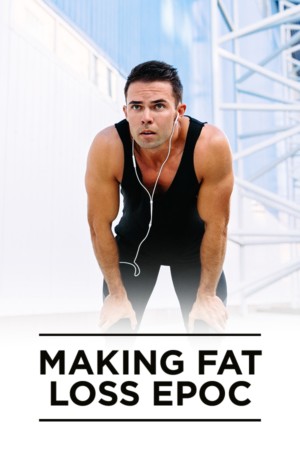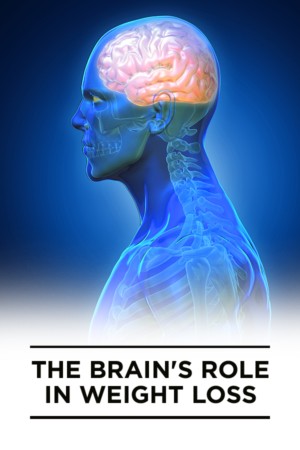The truth about fitness
The fitness and weight-loss industries are plagued with myths, so let’s lay a solid foundation before we get into the nitty-gritty of the types of exercise you should choose.
Arguably the single most important reality to understand about fitness is that it truly is a marathon, not a sprint. The maximum healthy rate of fat burn you can expect per week is two to three pounds in the short-term (e.g., 90 days or less), and as you extend that timeline, the average decreases to about one pound per week. Muscle building is similar: unless you’re using steroids, the maximum amount of muscle you can build is about a half pound per week.
You should also keep in mind that fitness is 80 percent diet and 20 percent exercise. You cannot outrun a bad diet. Working off a single Cinnabon would take a solid hour of jumping rope without a break. Over-exercising also increases inflammation, damage to joints, and leads to a higher chance of injury—which causes you to take time off training, leading to fewer calories burned in the long run. Eating healthy is the foundation of health, period. This study, for example, showed that being on the keto diet without exercising at all caused subjects to lose more weight than participants on a typical diet who worked out regularly.
Why exercise at all?
If diet is 80 percent of fitness, why work out at all? First, while maintaining a healthy body weight will help reduce bad health factors, exercise is what will bring about an increase in good health factors.
You can reduce body fat surrounding your muscle groups by effective dieting, but you won’t be able to tone your body effectively without exercising your muscles. There are two different ways you can do this: cardio and weight training.
Cardio burns more calories in a shorter period than weight training does; however, it doesn’t keep them off as well. Think of cardio as an activity that gives you immediate returns, then levels off rapidly. Weight training, on the other hand, burns calories at a much slower rate while you’re lifting, but builds muscle cells that each have to burn calories daily to maintain themselves.
What effect do they have on your body?
While each of these types of exercise will help strengthen your body, they do so in different ways. Cardio is excellent for bolstering cardiovascular health; Runner’s World published an article1 clarifying that a resting heart rate as low as 38 beats per minute can be normal in a 60-year-old marathon runner. (To put that in perspective, a typical adult range is 60 to 100 bpm.)
The visual results, however, are somewhat less impressive. Here are two pictures I’ve referenced before that show a marathon runner and a sprinter. While sprinters certainly do cardio, they engage in burst activities for a much shorter duration. No, I’m not saying you’re going to look like the picture on the left if you enjoy running; however, it’s often helpful to view the most extreme practitioners of a sport to see what the overall result of an activity is going to be.

The visual aspect is crucial to this discussion because how we look is one of the primary motivating factors for many of us on a weight loss journey. Benefits of improved muscularity don’t stop there, however: as you strengthen your body, you’re less prone to injury and the effects of sarcopenia—the natural loss of muscle as you age. To give you an idea of how drastic this effect can be, here’s a picture of bodybuilder Art Peacock at the age of 80.

What should you do?
Cardio and weight training are both essential aspects of balanced health. Athletes who focus exclusively on lifting weights often suffer from diminished cardiovascular health, leading to long-term health issues. Those who focus solely on cardio also experience health problems, such as systemic joint inflammation.
I hesitate to make recommendations on either the type of cardio or weight lifting program you embrace, as well as the amount you should engage in on a weekly basis. This, arguably even more than diet, is a customized choice and depends on the type of body you want to have. I can say that you should engage in both regularly and you should consult with your doctor before beginning any exercise routine if you have health concerns.
Remember that 80 percent of fitness is diet, so get on keto and go kick some butt! Don’t forget to incorporate the other 20 percent, though: that’s where your results are really going to shine!
NUTRITIONAL DISCLAIMER
The content on this website should not be taken as medical advice and you should ALWAYS consult with your doctor before starting any diet or exercise program. We provide nutritional data for our recipes as a courtesy to our readers. We use Total Keto Diet app software to calculate the nutrition and we remove fiber and sugar alcohols, like erythritol, from the total carbohydrate count to get to the net carb count, as they do not affect your blood glucose levels. You should independently calculate nutritional information on your own and not rely on our data. The website or content herein is not intended to cure, prevent, diagnose or treat any disease. This website shall not be liable for adverse reactions or any other outcome resulting from the use of recipes or recommendations on the Website or actions you take as a result. Any action you take is strictly at your own risk.
- The Brain’s Role in Weight Loss - March 11, 2019
- Making Fat Loss EPOC - March 8, 2019
- Overcoming Plateaus - March 6, 2019




